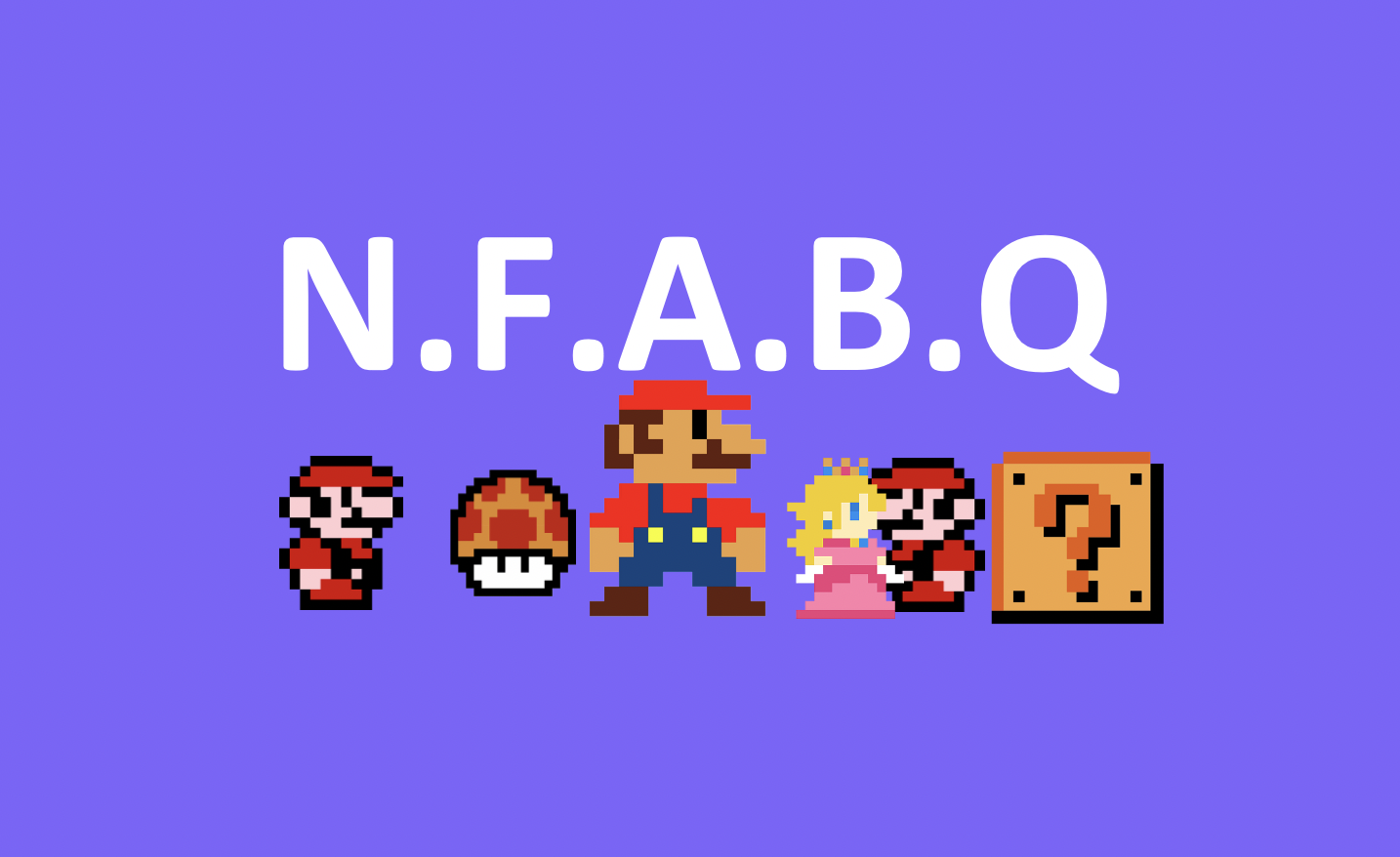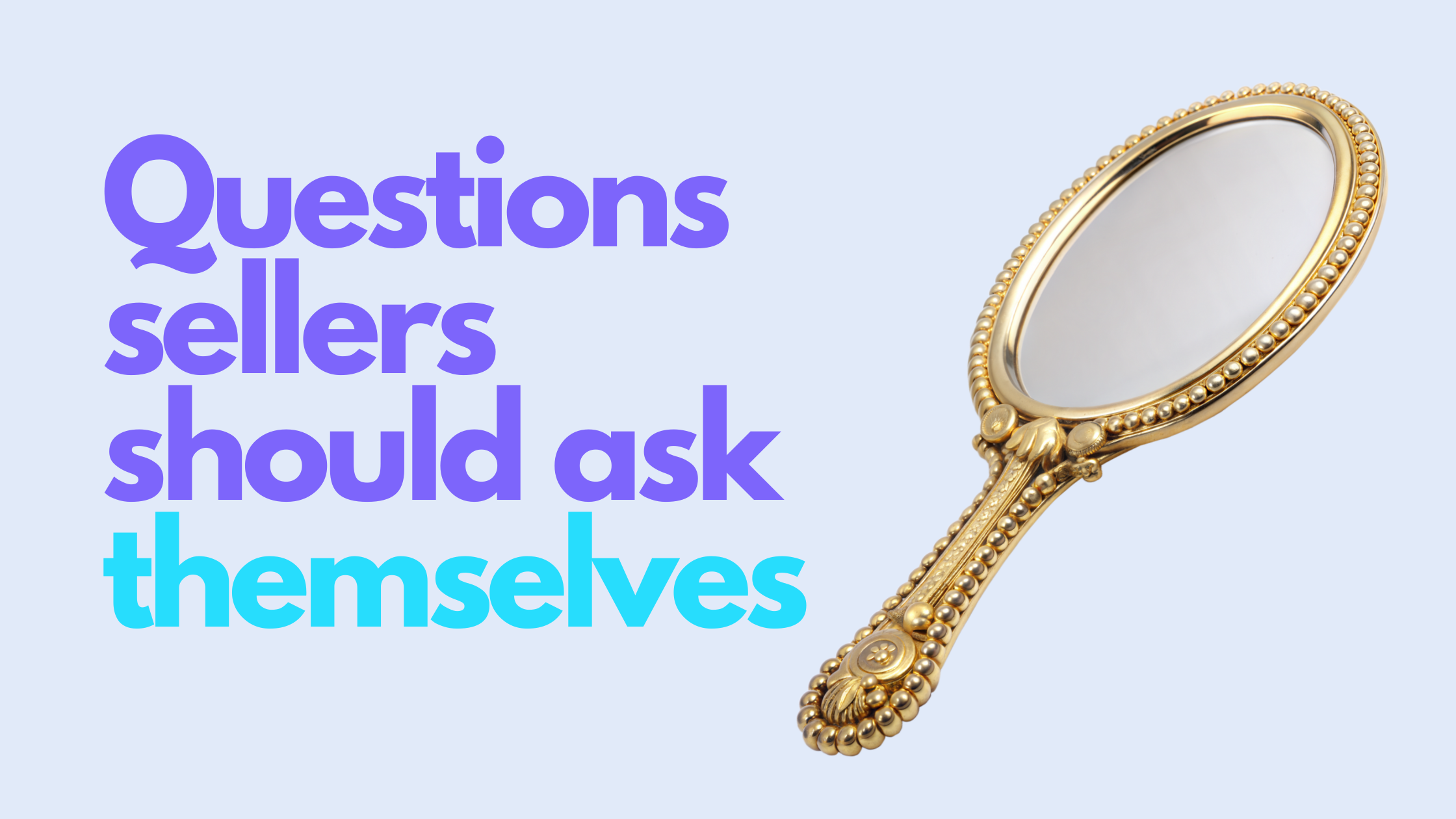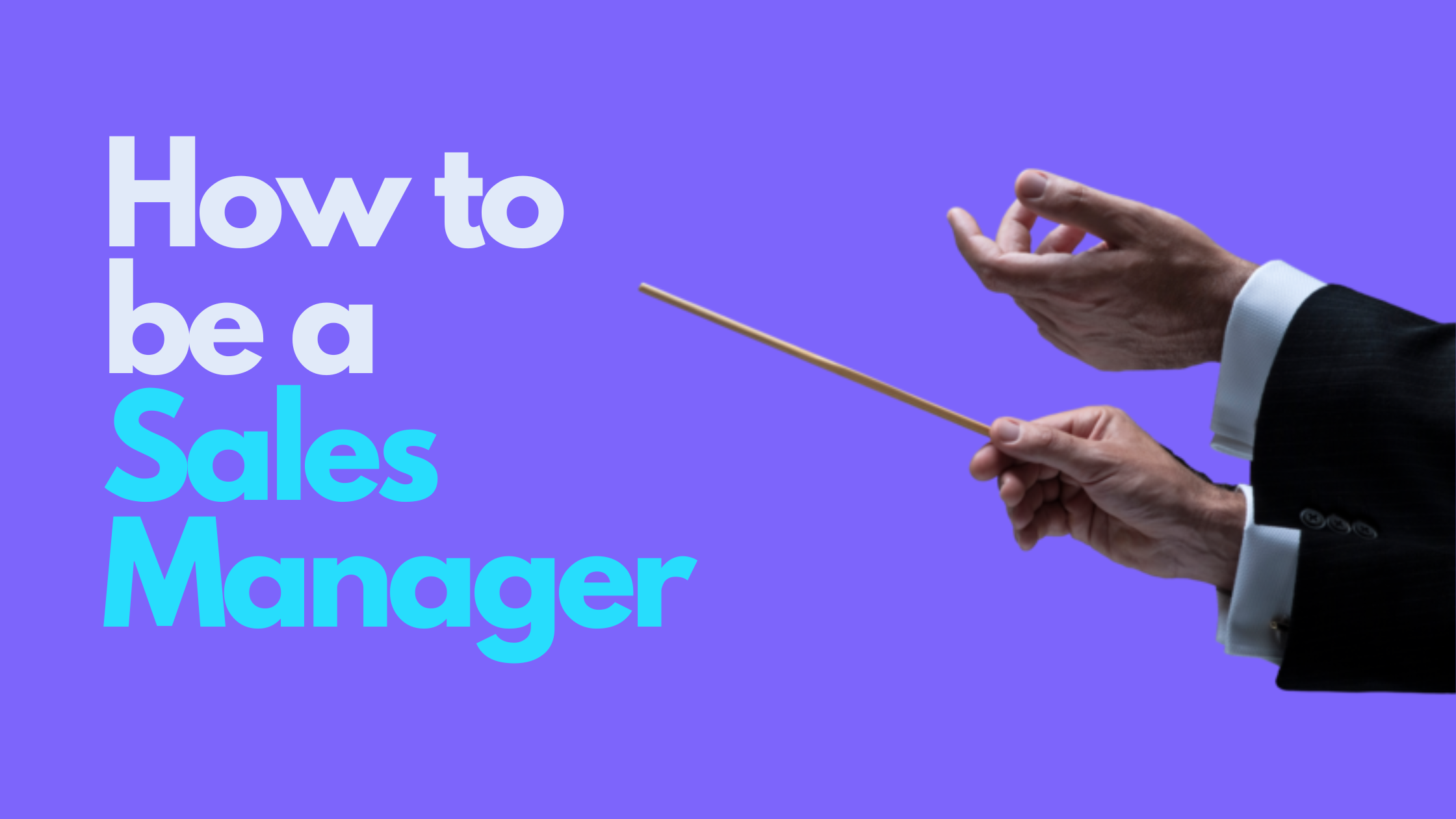Reading Time: 5 minutes
Subscribe
Get the latest Flow State content delivered to your inbox
You can unsubscribe at any time. Privacy Policy.
An essential aspect of selling is showcasing the very product or service you’re offering. This is commonly referred to in sales as a ‘demonstration’ or ‘demo’. While I’m not a fan of this term—it often implies merely showing the product with little interaction—finding a better alternative has proven challenging. Terms like “value realization” may sound more sophisticated but can feel overly pretentious. So, for now, ‘demo’ it is.
From the prospect’s perspective, this should be the exciting part. It’s the moment they get to experience the help and value you can offer. However, it too often turns into a lengthy training session or a dry, uninspiring, step-by-step walkthrough of the product’s features. I once asked a rep how long their product demonstration usually lasted, and I was shocked when they told me it was two and a half hours! I had to point out that you could watch a Martin Scorsese film in that time.
It may seem obvious, but if we fail to clearly communicate value during a demonstration, it can have a catastrophic impact on the pipeline. In this article, I want to outline a straightforward framework designed to help you articulate value more effectively, create more engaging demos, and provide a platform for prospects to voice any objections.
NFABQ
The framework is divided into five key areas and can be used as a guide to showcase a part of your product, a specific feature, or a particular concept. To bring this to life, I’ll be enlisting the help of everyone’s favourite plumber, Mario.
Need
One of the main reasons demos fail is due to an ineffective discovery process. The rep may not fully understand the problem they’re trying to solve, or the associated impacts and challenges. The first thing we need to articulate is the prospect’s need. By starting with the need, we demonstrate that we have listened and truly understand the problem we are aiming to solve in this demo.
“So Mario, just to make sure I understand, your mission is clear: you need to rescue Princess Peach from Bowser, defeat him and ultimately save the Mushroom Kingdom from danger”
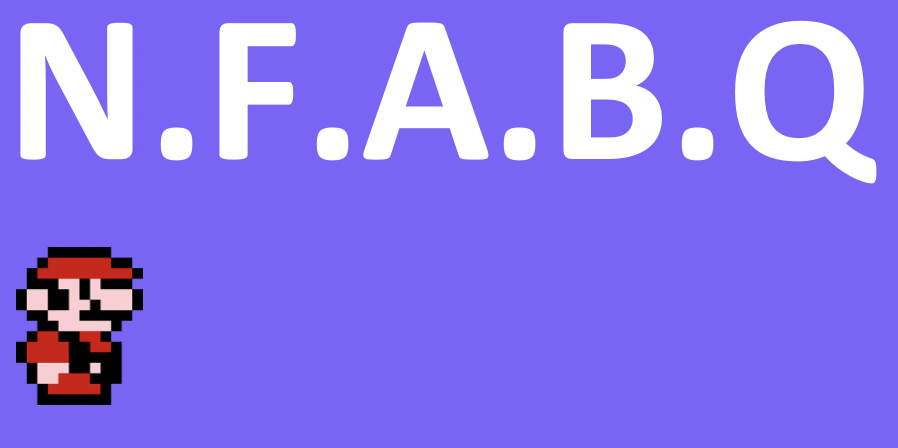
Feature
This is simple, this just letting them know the thing you have that solves this problem. Rather worryingly, reps spend far too much time talking about features – this is a challenge that we all have when we start selling. The temptation to real off a list of things you have is often due to the fact we don’t know what the problem is we are trying to solve.
“We have something called a super mushroom”

Advantage
The advantage lies in what the feature does, generally speaking. This is often best conveyed through a customer story or by explaining why customers love it. Essentially, this describes the functionality of the feature, which is a crucial detail. We should be telling this story from the perspective of our customers, like this.
“The reason our customers love the super mushroom is because firstly it makes them bigger – which is really useful as they navigate levels, but it also adds a layer of protection when they get hit by an enemy.”
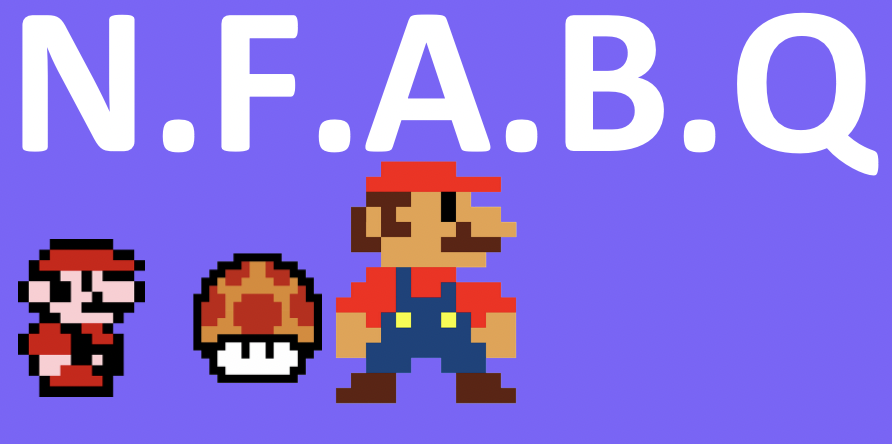
Benefit
This is where we help the prospect see the value, the specific value to them, more importantly. Remember that people don’t buy things they buy outcomes. We have an opportunity here to specifically talk about the outcomes the product can deliver. As you can see below, this is linked to the needs of the buyer
“Here’s where I see this adding the most value to your mission. This mushroom will not only increase your chances of saving the princess, but it will also make defeating Bowser significantly easier, ultimately helping you save the Mushroom Kingdom. In the end, it will make you stronger, faster, and better equipped for the challenge.”
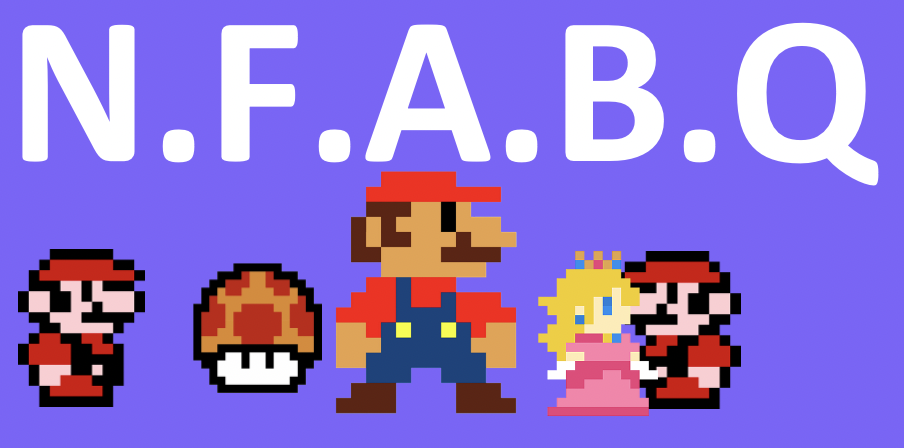
Question
By strategically asking a closed question (yes, a closed one), we either gain confirmation from the prospect or create a valuable platform for objections. If we skip this step, we miss an opportunity to secure commitment, seek clarification, surface objections, and gather feedback
“Can you see how this will help you in your quest, or at very least increase your chance?”
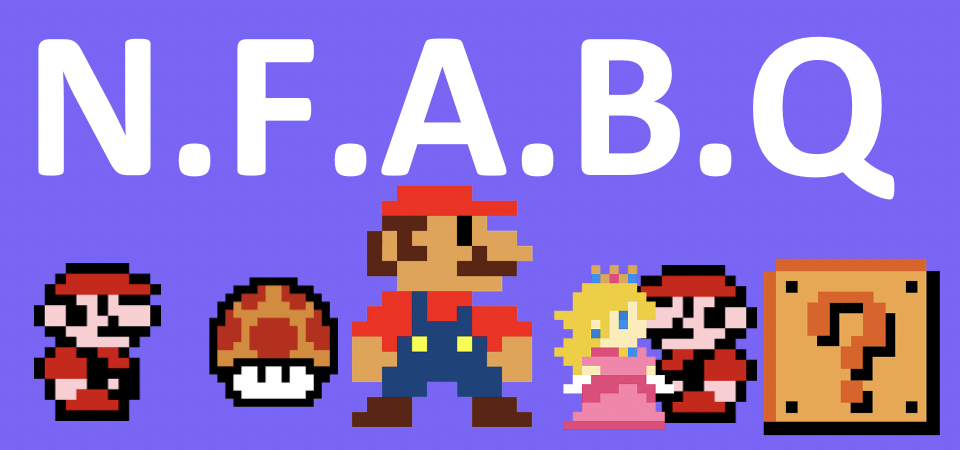
Putting it all together
When we put this all together it comes across as a short, punchy customer-centric and value led way of showing a particular part of your product or feature:
“So Mario, just to make sure I understand, your mission is clear: you need to rescue Princess Peach from Bowser, defeat him and ultimately save the Mushroom Kingdom from danger”
“We have something called a super mushroom”
“The reason our customers love the super mushroom is because firstly it makes them bigger – which is really useful as they navigate levels, but it also adds a layer of protection when they get hit by an enemy.”
“Here’s where I see this adding the most value to your mission. This mushroom will not only increase your chances of saving the princess, but it will also make defeating Bowser significantly easier, ultimately helping you save the Mushroom Kingdom. In the end, it will make you stronger, faster, and better equipped for the challenge.”
“Can you see how this will help you in your quest, or at very least increase your chance?”
A well-executed demo is more than just a presentation—it’s an opportunity to connect with your prospect’s needs and clearly demonstrate the value your product can bring to their specific challenges. By following this framework, you can ensure that your demos are not only engaging and relevant but also centered on the customer’s perspective, ultimately leading to better outcomes and stronger commitments. Remember, the goal is to move beyond just showcasing features and to truly articulate how your product can help the prospect achieve their objectives, just as Mario’s journey is made easier with the right tools. With this approach, your demos will become a powerful tool in your sales arsenal.
